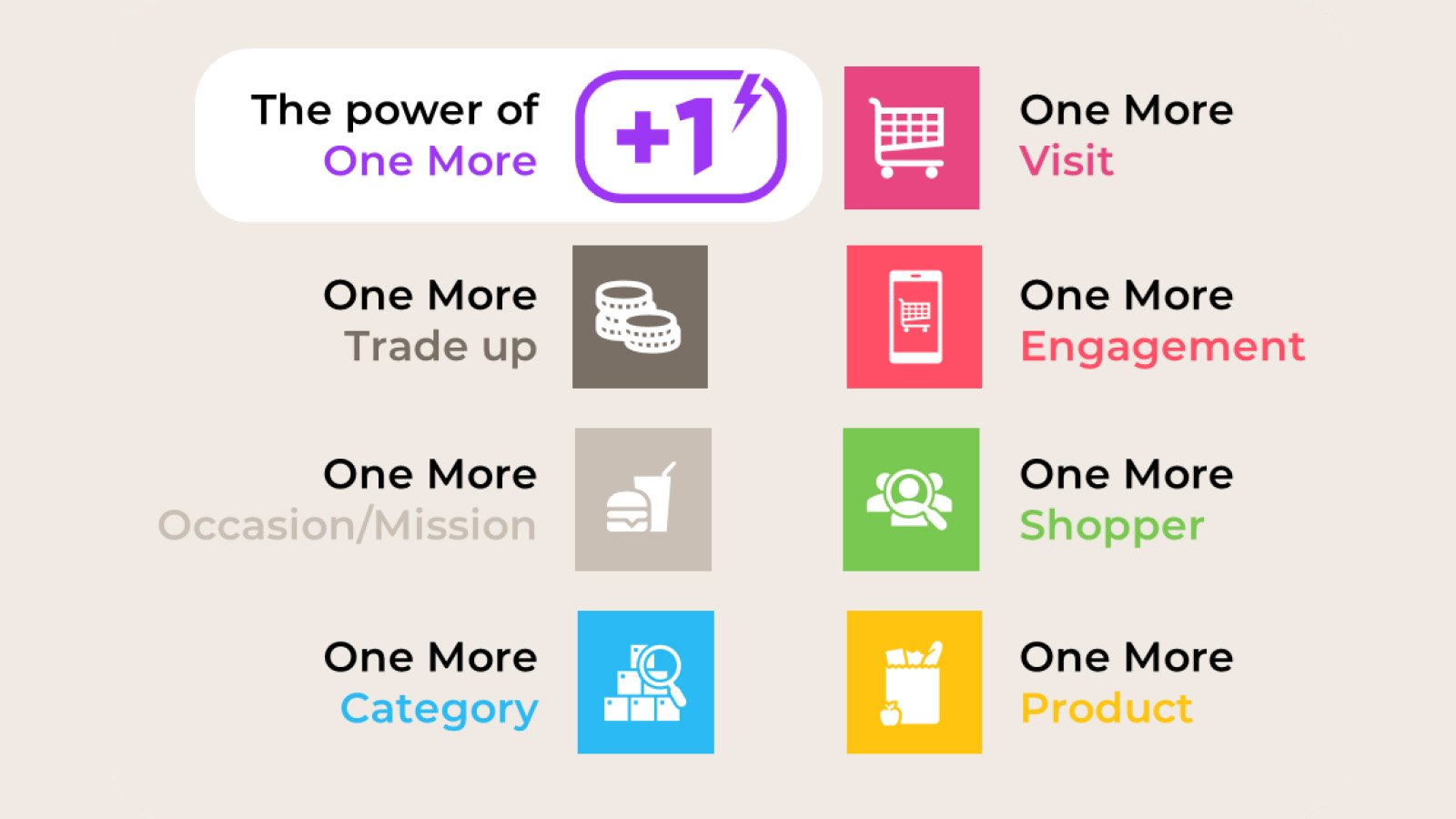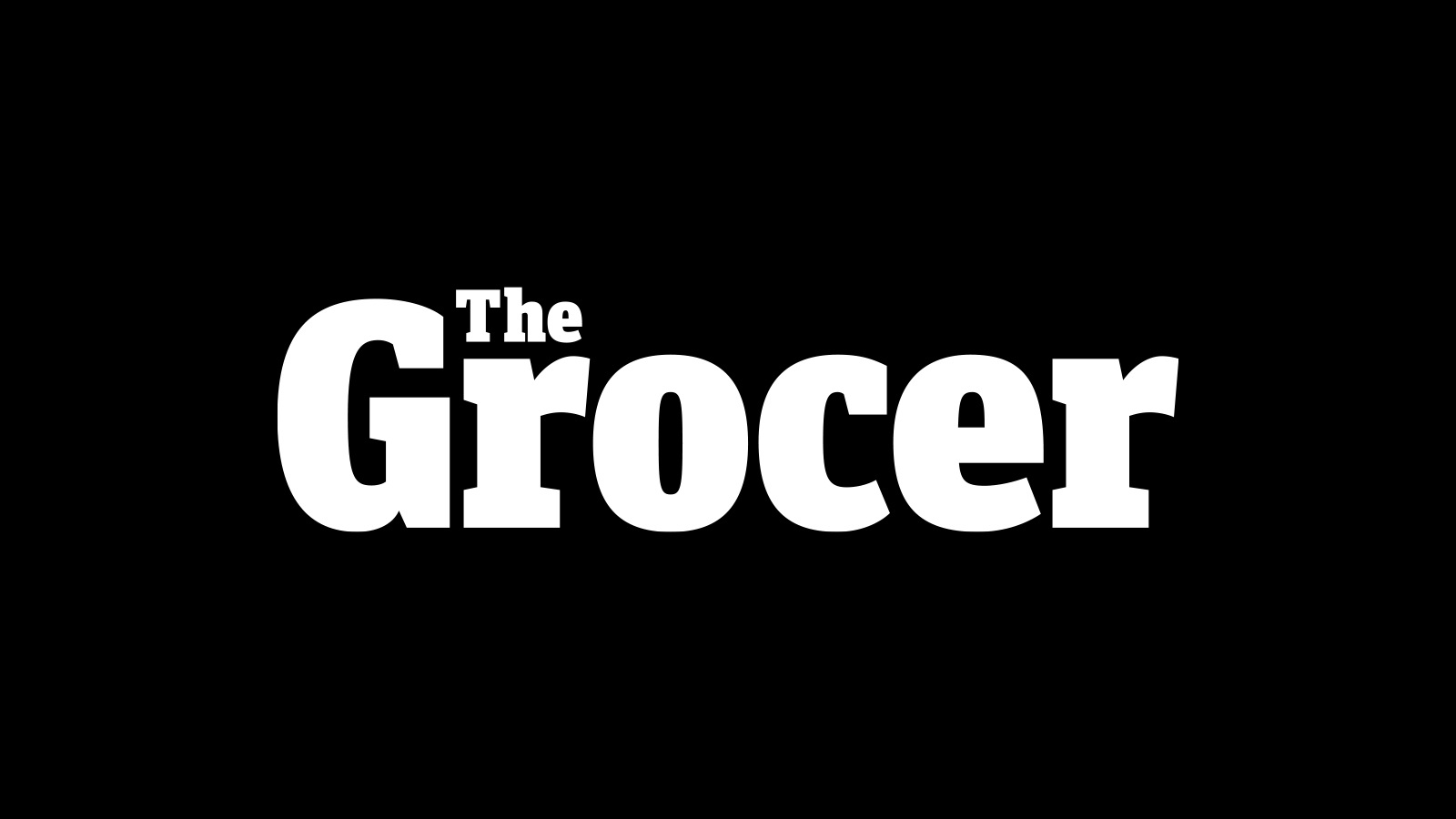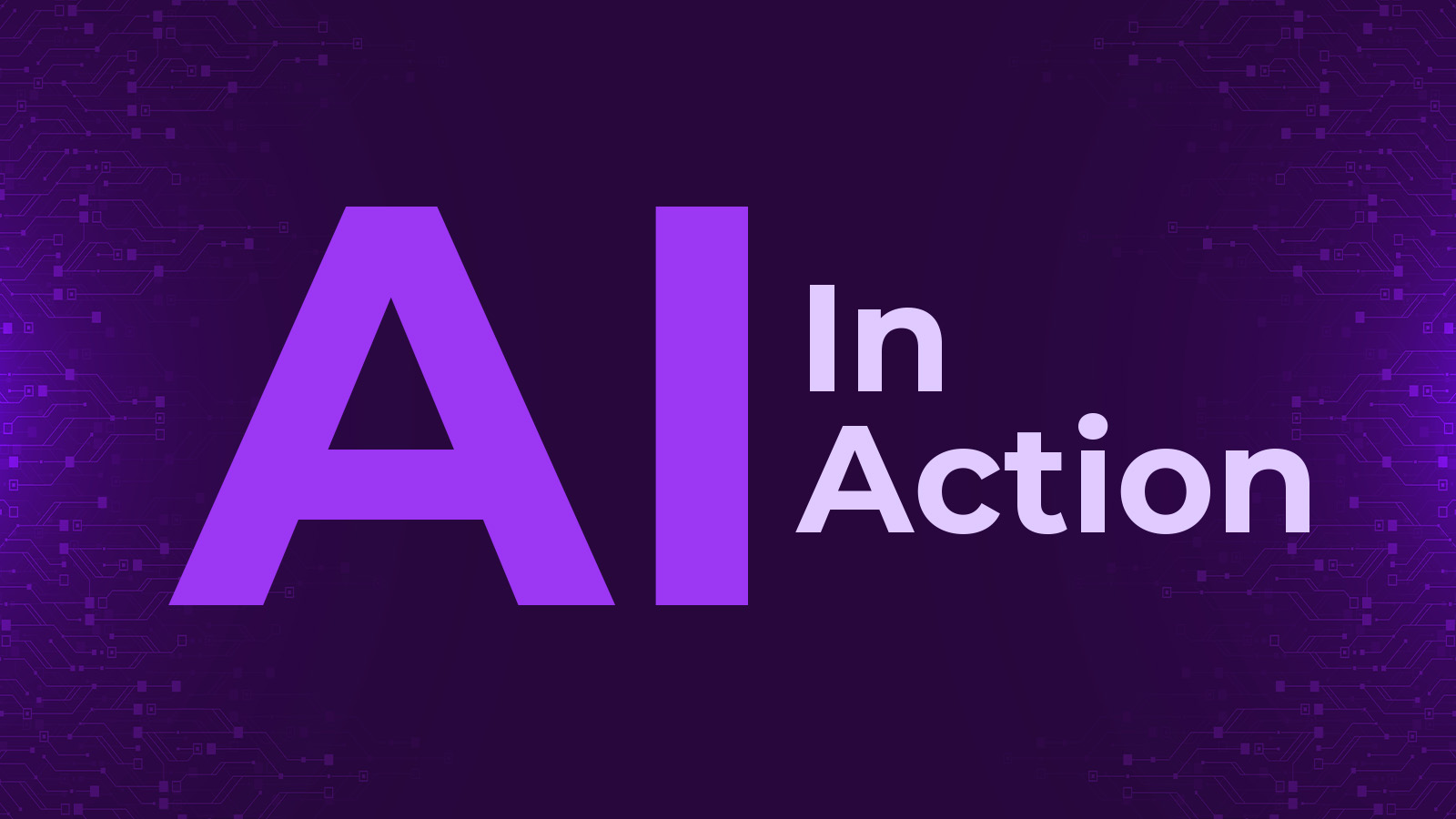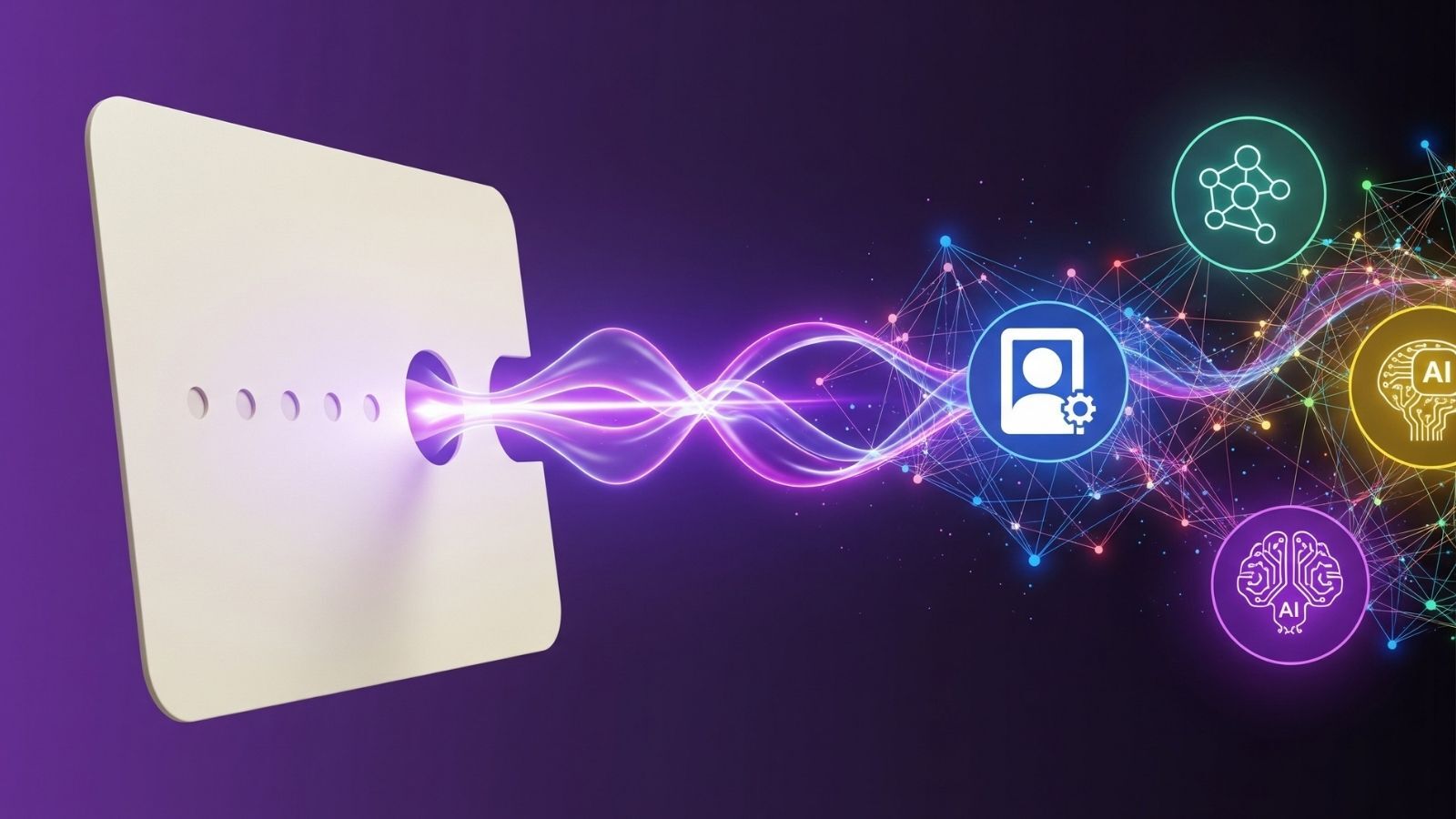1 min read
Tesco Clubcard Challenges Offer Up to £50 in Loyalty Points
Tesco’s latest Clubcard Challenges campaign offers customers up to £50 in loyalty points, further personalizing rewards and boosting program engagement.
Get the latest insights, research and news delivered straight to your inbox.
Plus, enter to win the 2nd edition of Omnichannel Retail by Tim Mason & Sarah Jarvis!
No spam. We promise. 💜
Featured Case Study:
See how Eagle Eye helped Giant Eagle relaunch myPerks, delivering 25M+ personalized offers monthly and boosting loyalty program ROI.
Contact us to find out how we can enable your teams on our platform.


At Eagle Eye, we often emphasize the impact of "one more visit" and "one more item" because loyalty and promotions are powerful tools for influencing both. Focusing on achieving just "one more" can significantly boost sales, either by encouraging customers to add an additional item to their basket when they’re shopping, or getting them to make that game-changing additional visit.
People often ask, which is better - driving frequency or increasing basket size? In short, frequency is the ultimate end goal and most significant driver of performance. Let's say another shopping trip generates between £20 and £100, whereas encouraging the purchase of another product might add £2–£5. Pretty obvious when you think about it like that.
However, there are plenty of things you can influence in addition to driving visits and it shouldn’t be your sole focus. In fact, impacting other variables will naturally drive frequency. This leads me onto IGDs new "Power of One More" model, with seven "one mores":
IGD organizes these into Attract, Engage, and Delight buckets—amusingly similar to our AIR platform’s Acquire, Interact, and Retain framework, which has been around since 2003.
I wanted to show you how our retail customers are using loyalty and promotions (powered by AIR) to successfully influence customers against these seven opportunities throughout the shopping journey, leading to significant benefits.
Creating emotional connections helps ensure your brand is top of mind. Asda recently launched a campaign fronted by Joe Wicks (it always helps having a celeb on board) through its Asda Rewards loyalty program, donating 0.5% of any shop to customers’ chosen primary schools. In its first week, Asda raised over £1 million, with a projected total of £7.5 million. By connecting purchases with a cause, Asda will no doubt be in the customer's consideration the next time they shop.
Our customers use various loyalty and promo strategies to incentivize first-time shoppers such as referral bonuses, new customer discounts, or innovative, first-of-their-kind and "too good to miss" propositions like Pret's coffee subscription. These tactics are designed to bring in new customers who otherwise might not engage with your brand.
Christmas is a critical month to secure customer loyalty and can make a real difference to the top line. Loss leaders at Christmas are not new, but the way they are executed have evolved, retailers are now using member pricing to lure customers in. Another successful strategy is the 'bank for Christmas' concept, used by Woolworths Australia, where customers can move their loyalty currency to a separate balance with a bonus. Currency in this balance can only be spent during the holiday period and will expire if not used, almost guaranteeing that individuals will be doing a large proportion, if not all, of their festive shop with the retailer.
The most effective way to get a customer to buy an additional product is by knowing them better than they know themselves. Use the loyalty scheme to collect invaluable customer data which can be used to help you predict future needs, and identify products which customers aren't purchasing but "should be", based on people just like them. You can then craft personalized incentives based on their previous promotion engagement to nudge them to make that all-important additional purchase.
Extending the breadth of a customers' engagement across your store is critical. Therefore you need ways to incentivize customers to buy into categories that they don’t currently buy from you, to shop higher margin categories, or even to help underperforming ones. Our customers use AIR to offer points multipliers on specific categories to get customers to dip into new categories or run continuity promotions where customers must spend X amount in a category over a defined period of time to earn a reward.
To push customers to a more expensive or higher-margin product, you need to know what they usually buy, going back to my point above about understanding your customer. Once you know this, you can target them with specific offers on desired upsell products to increase your margins with the hope that once they've tried that item once, they’ll continue to do so, with or without the discount.
The holy grail. Getting customers to make an incremental visit can have a monumental impact, just as I explained at the start. Bounce-back promotions, including time-bound offers on receipts, are a tried and tested way to drive the next visit at the point of purchase – in theory, the best time to target a customer if they've just had a positive experience. As are subscriptions (just think Amazon Prime), "too good to miss" seasonal offers, and weekly personalized offers sent, at just the right time to motivate a visit.
One effective tactic is a tiered loyalty program, which entices customers to make that "one more" purchase by dangling the next tier’s exclusive rewards just within reach.
I wanted to finish by sharing a use case that can be deployed to influence all the above. Personalized Challenges, recently launched by Tesco, are AI-driven hyper-personalised continuity promotions. Customers have 4-6 weeks to complete up to 10 Challenges, they can track their progress but earn rewards at the end of the campaign.
Challenges only reward incremental behavior so are guaranteed to upsell (One more trade up). There are different types of Challenges, including Product-specific (One more product), Frequency One more visit), Category (One more category) and referral (One more customer). A reason Challenges are so successful is because the delayed gratification means customers can earn a significant reward at the end of the campaign, at Tesco this is up to £50 over a 6-week period. The fear of missing out on such high value drives customers to regularly check up on progress - typically 2-3 times per week (One more engagement). And finally, the gamified element transforms the weekly shopping experience into a fun, mission-led activity (One more mission/occasion).
The power of "one more" is undeniable. By influencing and rewarding incremental changes, retailers can see significant shifts in customer engagement, basket size, and visits. Start thinking about how your business can leverage these opportunities to drive big results.
Get the latest insights, research, and news delivered straight to your inbox.
Plus, enter to win the 2nd edition of Omnichannel Retail by Tim Mason & Sarah Jarvis!
No spam. We promise. 💜

1 min read
Tesco’s latest Clubcard Challenges campaign offers customers up to £50 in loyalty points, further personalizing rewards and boosting program engagement.

6 min read
AI is reimagining the retail experience. Discover how retailers now use predictive AI to deliver advanced personalization and customer engagement.

3 min read
Discover how leading retailers use AI and data to transform loyalty programs into personalized, value-driven customer experiences.